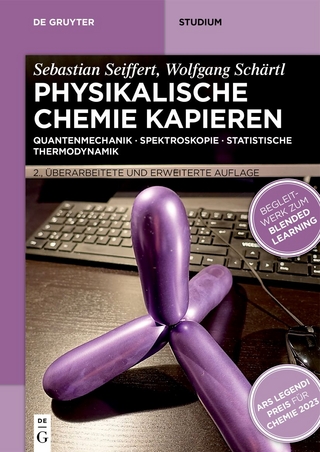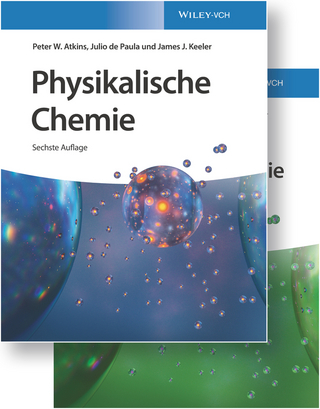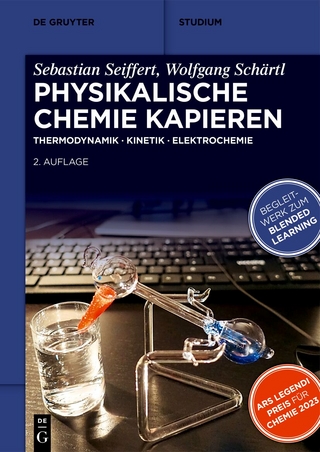
Heat Transfer Enhancement Using Nanofluid Flow in Microchannels
William Andrew Publishing (Verlag)
978-0-323-43139-2 (ISBN)
Economic and environmental incentives have increased efforts to reduce energy consumption. Heat transfer enhancement, augmentation, or intensification are the terms that many scientists employ in their efforts in energy consumption reduction. These can be divided into (a) active techniques which require external forces such as magnetic force, and (b) passive techniques which do not require external forces, including geometry refinement and fluid additives.
D. D. Ganji is a Professor of Mechanical Engineering and the Director of the Graduate Program at Babol Noshirvani University of Technology in Iran, as well as a consultant in nonlinear dynamics and the Dean of the National Elite Foundation of Iran. He has a Ph.D. in Mechanical Engineering from Tarbiat Modarres University. He is the Editor-in-Chief of International Journal of Nonlinear Dynamic and Engineering Science, and Editor of International Journal of Nonlinear Sciences and Numerical Simulation and International Journal of Differential Equations. Amir Malvandi is working as an associate researcher at Sun & Air research institute (SARI) in Ferdowsi university of Mashhad, Iran. He Received his B.S. in mechanical engineering from this university in 2009 and graduated from Amirkabir University of Technology in 2012. His main areas of research are fluid flow and heat transfer in curved pipes, numerical study on the flow over bluff bodies, Homogeneous and non-Homogenous nanofluid and convective heat transfer.
1. Introduction to Heat Transfer Enhancement Techniques2. Heat Transfer and Pressure Drop in Channels 3. Preparation and Theoretical Modelling of Nanofluids4. Mass Transfer in Channels5. Simulation of Nanofluids flow in Channels 6. External Forces Effect on Intensification of Heat Transfer
| Erscheinungsdatum | 02.07.2016 |
|---|---|
| Reihe/Serie | Micro & Nano Technologies |
| Verlagsort | Norwich |
| Sprache | englisch |
| Maße | 191 x 235 mm |
| Gewicht | 450 g |
| Themenwelt | Naturwissenschaften ► Chemie ► Physikalische Chemie |
| ISBN-10 | 0-323-43139-9 / 0323431399 |
| ISBN-13 | 978-0-323-43139-2 / 9780323431392 |
| Zustand | Neuware |
| Informationen gemäß Produktsicherheitsverordnung (GPSR) | |
| Haben Sie eine Frage zum Produkt? |
aus dem Bereich


